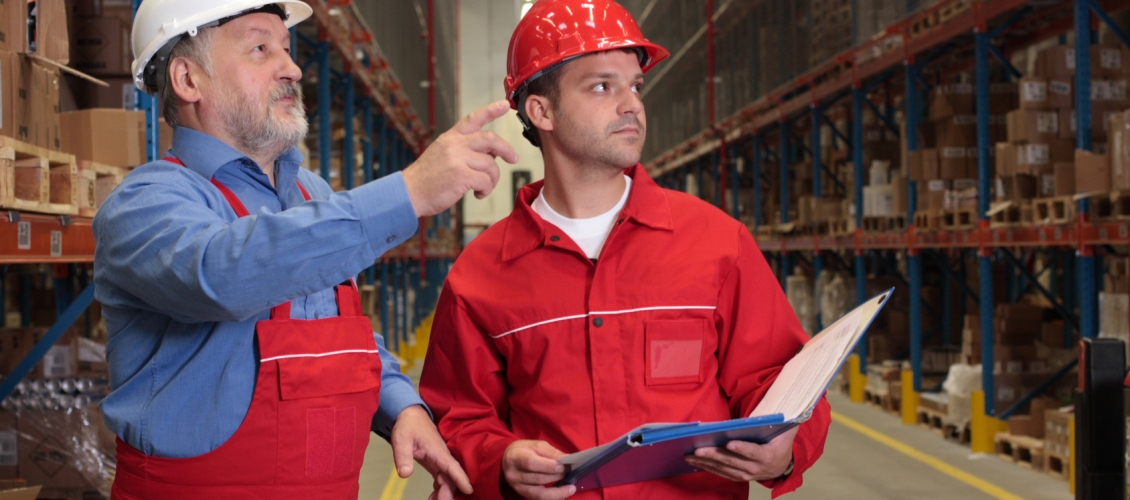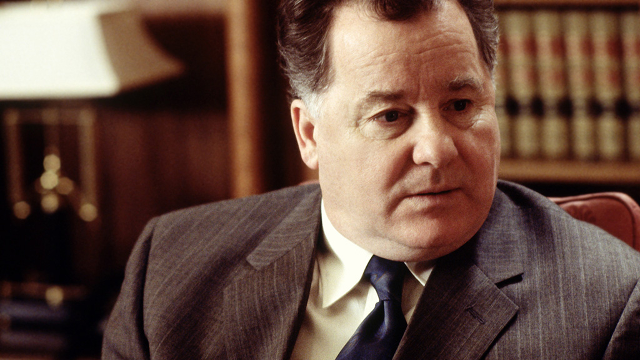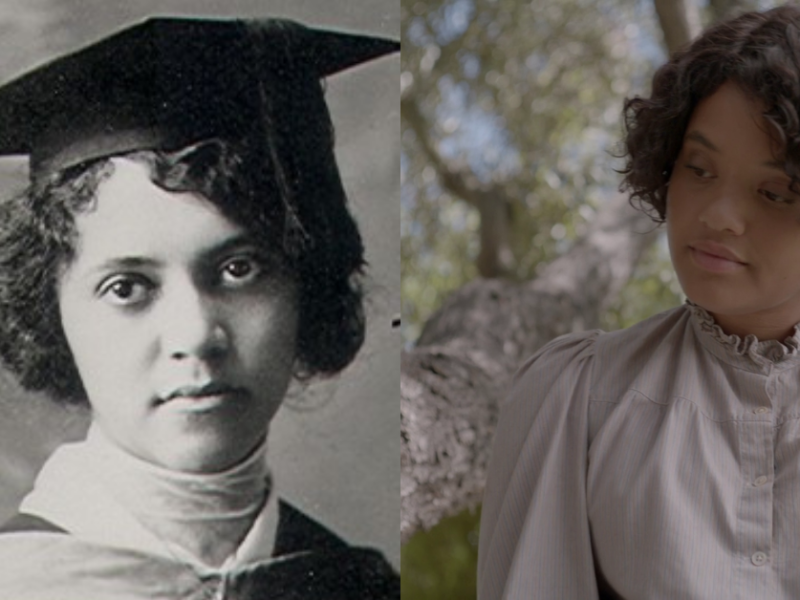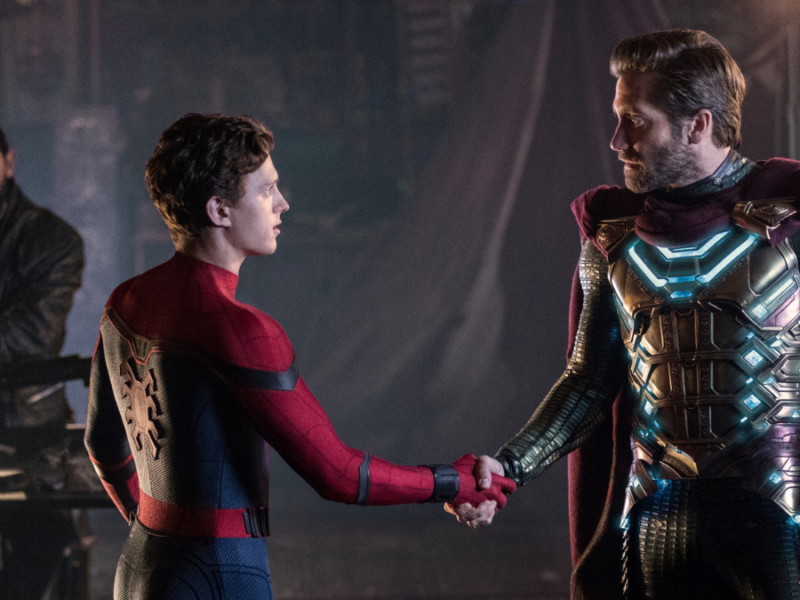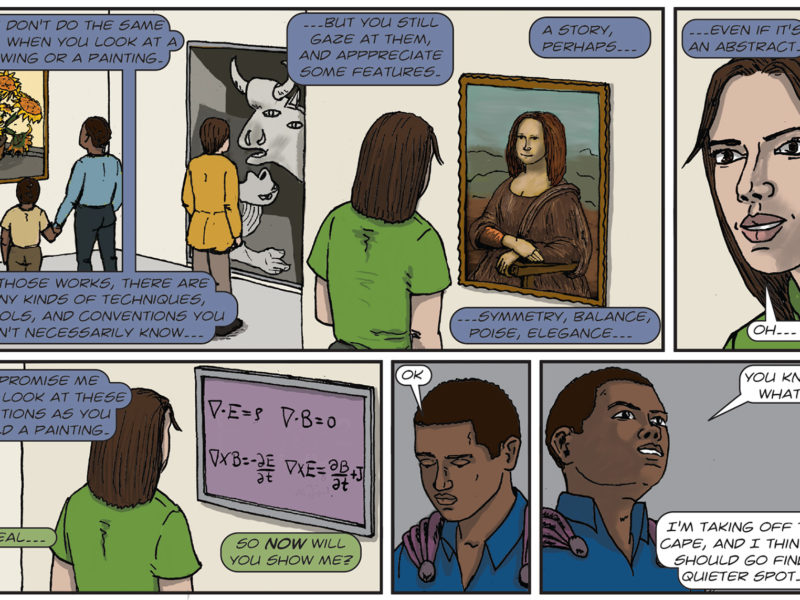The world of television and film has made leaps and bounds in terms of more realistic fictional universes. Despite this, workplace safety is still seen as either a complete joke or is scarcely mentioned. Fictional employees are constantly being asked to do things, or end up doing things, that completely defy health and safety regulation.
The infamous "red shirts" from Star Trek were often asked to boldly go where no man has ever gone before. If an earthbound employer was to ask his employees the same, then the red shirts would have had cause to sue the Enterprise. After all, it’s not as if there was ever a scene where Scotty (James Doohan) and company were sat signing waiver forms. Though perhaps that was because, statistically speaking, it was actually much more dangerous to be wearing a gold shirt.
Still, whatever colour shirt a character decides to wear, the fact remains that — within the world of many films and TV shows — workplace safety is rarely considered a priority.
Food Poisoning, Collapsed Racking Systems, and Other Missed Plot Opportunities...
It's not as if workplace safety can’t add its own share of drama to a story. A collapsed pallet racking system may not be as dramatic as a car crash or mad gunman, but it can be just as tragic. The villain in the case of workplace safety accidents is harder to pin down, but surely that would make for some nuanced and more interesting storytelling.
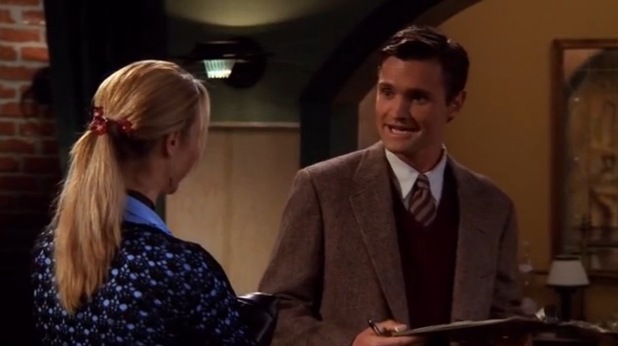
Take the episode of Friends (The One Where Ross Moves In”) where Phoebe (Lisa Kudrow) begins dating a food safety inspector (Gregory Sporleder). He spends most of the episode closing down restaurants, except when Phoebe tells him not to, as if this is what his entire job consists of. The health inspector is presented as a one-dimensional character, an evil health and safety overlord who just wants to stop people having fun, and his victims are all presented as innocent.
When hearing about how he closed one place down, all of the characters complain that they loved to eat there. Towards the end of the episode, Larry (the name of this health and safety devil) tries to close down Central Perk: the epicentre of Friends and probably one of the most famous sets in television history. However, seeing the error of his ways, Phoebe convinces Larry to let the issue pass.
And what was the issue? Gunther (James Michael Tyler), the lovable oaf whose main contribution to the show is his obsession with Rachel, was carrying several bags of trash through the store, rather than round the back. He jokes that this is something he usually does, because going round the back would be somehow inconvenient, but Larry is still presented as the bad guy. Wouldn’t it have been more interesting if Larry was right every now and again? What if, after being convinced that he shouldn’t close a particular restaurant down, that restaurant gave Phoebe food poisoning?
Also, it’s worth considering the fact that food safety inspectors don’t go wandering around New York closing restaurants down on a whim. Even a cursory glance at the job description for a food safety inspector in New York tells you that this is simply not true. Rather, a public health inspector (which is the real title of the job) is also required to inspect "children's camps; hotels; campgrounds; swimming pools; bathing beaches; and water and sewage treatment systems".
As it turns out then, Larry's job is a lot more interesting than we were lead to believe. Why couldn’t he have been a recurring character then? He would have been a sobering influence on the Friends’ constant drama. A missed opportunity if ever there was one.
What Does Realistic Workplace Safety Look Like in Fiction? And Where is the Most Dangerous Fictional Workplace?
The epitome of television realism is The Wire, and this is true with every aspect of the show — including workplace safety. Rather than turning the issue into a carnivalesque farce, workplace safety is used as a way of revealing the motivations of Officer Polk (Nat Benchley).
In the episode Old Cases, one darkly funny scene depicts Officer Polk considering throwing himself down a particularly rickety set of stairs. His aim is to blame his fall on a lack of workplace safety and then retire early. The fact that he’s willing to do it, that he honestly considers it for a long time, goes to show how not all police in Baltimore are motivated by the job. Some are motivated by their retirement package.
This workplace safety issue and the subplot that surrounds it also highlights an important political problem: the way that policemen are paid encourages retirement rather than protecting and serving the community. It’s a big issue, one which journalist Allison Schrager talks about at length, and she even uses that particular scene from The Wire to help make her point.
The Wire shows us how a realistic presentation of workplace safety can help to tell a convincing and layered story. So while The Wire is home to some dangerous fictional workplaces, what are the most dangerous fictional workplaces of all time? And how does their danger help to tell a story?
This infographic from Storage Equipment Experts lists the four most dangerous fictional workplaces of all time from the perspective of a warehouse inspection expert who provides racking inspection services. In many of these cases, workplace safety does become a plot-point in a realistic and compelling way.
For example, the brutal harshness of life at Castle Black is a major part of Game of Thrones. The show is often praised for its attention to detail, and this is certainly true with regards to workplace safety issues for those "taking the black". The intense cold, the terrible food, and the lack of medical facilities are all details which make their way into the story — alongside the constant threat of White Walkers of course.
The more you focus on fictional workplace safety, the more there is to discover in terms of potential plot points, twists, and spaces for character development. Simple characters and simple scenes have their place, but shows like The Wire remind us of what can be achieved when workplace safety is properly researched and realistically presented.

